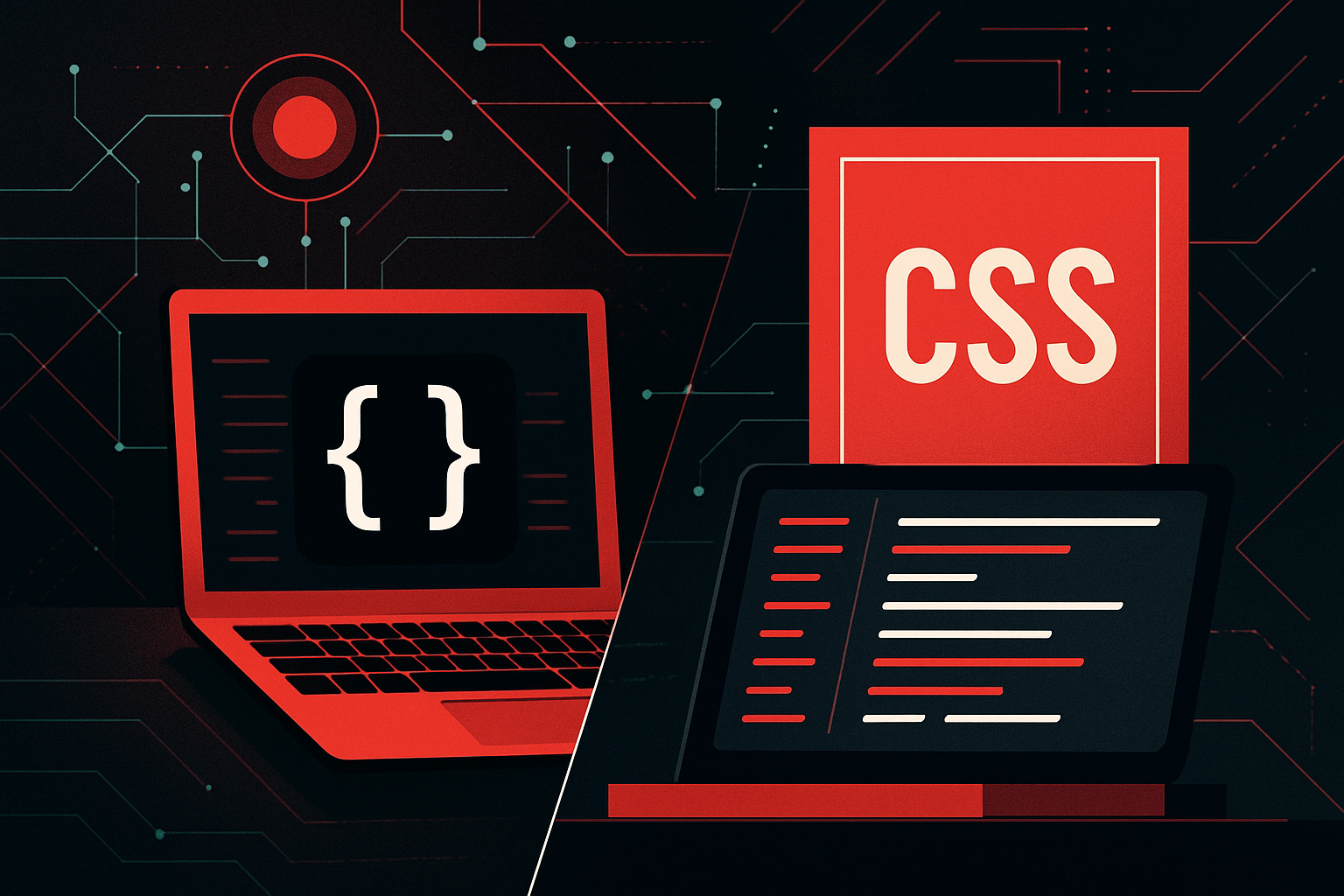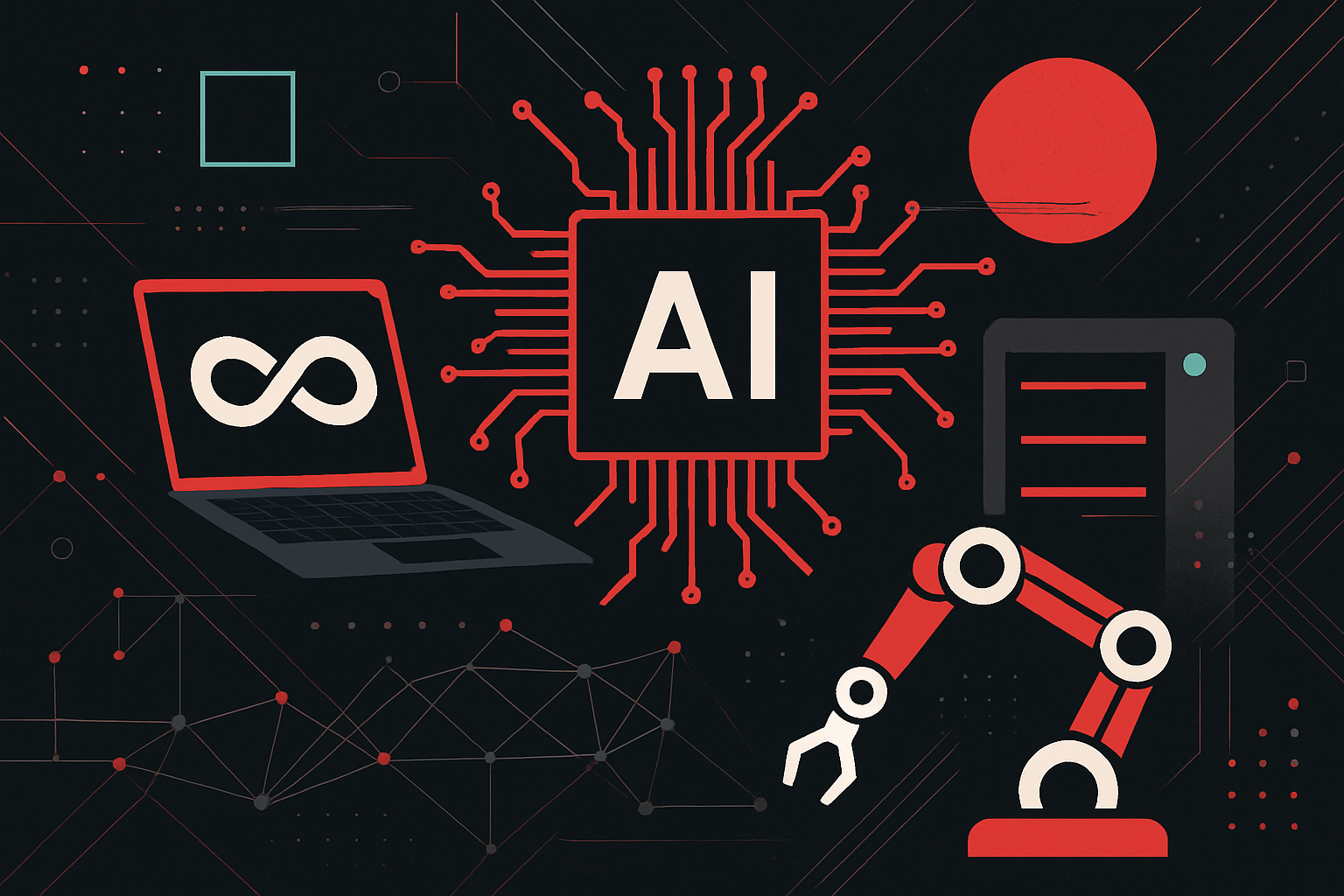Top Python Libraries for Machine Learning in 2024

Top Python Libraries for Machine Learning in 2024
Scikit-Learn
Scikit-learn remains a cornerstone for machine learning in Python, providing simple and efficient tools for data analysis and modeling. Its comprehensive suite of algorithms for classification, regression, clustering, and dimensionality reduction makes it a go-to library for both beginners and experts.
Key Features:
– Ease of Use: Simple and consistent API.
– Model Selection: Tools for parameter tuning and model selection.
– Integration: Compatible with NumPy and pandas.
Example: Basic Classification with Scikit-Learn
from sklearn.datasets import load_iris
from sklearn.model_selection import train_test_split
from sklearn.ensemble import RandomForestClassifier
from sklearn.metrics import accuracy_score
# Load dataset
iris = load_iris()
X, y = iris.data, iris.target
# Split into training and testing data
X_train, X_test, y_train, y_test = train_test_split(X, y, test_size=0.3, random_state=42)
# Initialize and train model
model = RandomForestClassifier(n_estimators=100, random_state=42)
model.fit(X_train, y_train)
# Predict and evaluate
predictions = model.predict(X_test)
accuracy = accuracy_score(y_test, predictions)
print(f"Accuracy: {accuracy:.2f}")
TensorFlow
TensorFlow continues to be a dominant force in deep learning, offering a robust, flexible framework for building and deploying machine learning models.
Key Features:
– Ecosystem: Includes TensorFlow Extended (TFX) for production ML pipelines.
– Keras Integration: Provides a high-level API for quick prototyping.
– Scalability: Efficient for large-scale models.
Example: Building a Simple Neural Network with Keras
import tensorflow as tf
from tensorflow.keras.layers import Dense
from tensorflow.keras.models import Sequential
# Create a simple model
model = Sequential([
Dense(128, activation='relu', input_shape=(784,)),
Dense(10, activation='softmax')
])
# Compile model
model.compile(optimizer='adam', loss='sparse_categorical_crossentropy', metrics=['accuracy'])
# Summary of the model
model.summary()
PyTorch
PyTorch has gained popularity for its dynamic computation graph which is intuitive for research and complex model building.
Key Features:
– Dynamic Computation Graph: Easier debugging and model experimentation.
– TorchScript: Transforms models to be run in a production environment.
– Strong Community: Extensive tutorials and models available.
Example: Training a Simple Linear Regression Model
import torch
import torch.nn as nn
import torch.optim as optim
# Define a simple linear model
class LinearRegressionModel(nn.Module):
def __init__(self):
super(LinearRegressionModel, self).__init__()
self.linear = nn.Linear(1, 1)
def forward(self, x):
return self.linear(x)
# Initialize model, criterion, and optimizer
model = LinearRegressionModel()
criterion = nn.MSELoss()
optimizer = optim.SGD(model.parameters(), lr=0.01)
# Dummy data
x_train = torch.tensor([[1.0], [2.0], [3.0]], requires_grad=True)
y_train = torch.tensor([[2.0], [4.0], [6.0]])
# Training loop
for epoch in range(100):
model.train()
optimizer.zero_grad()
outputs = model(x_train)
loss = criterion(outputs, y_train)
loss.backward()
optimizer.step()
print(f'Final loss: {loss.item():.4f}')
XGBoost
XGBoost is a powerful library for gradient boosting, known for its performance and speed in structured data problems.
Key Features:
– Performance: Regularization techniques to prevent overfitting.
– Parallelization: Fast training through parallel and distributed computing.
– Cross-platform: Compatible with many languages beyond Python.
Example: Training an XGBoost Model
import xgboost as xgb
from sklearn.datasets import load_boston
from sklearn.model_selection import train_test_split
from sklearn.metrics import mean_squared_error
# Load dataset
boston = load_boston()
X, y = boston.data, boston.target
# Split data
X_train, X_test, y_train, y_test = train_test_split(X, y, test_size=0.2, random_state=42)
# Initialize and train model
model = xgb.XGBRegressor(objective='reg:squarederror', n_estimators=100, learning_rate=0.1)
model.fit(X_train, y_train)
# Predictions and evaluation
predictions = model.predict(X_test)
rmse = mean_squared_error(y_test, predictions, squared=False)
print(f"RMSE: {rmse:.2f}")
LightGBM
LightGBM is another gradient boosting framework that is highly efficient and well-suited for distributed systems.
Key Features:
– Tree-based Learning: Utilizes leaf-wise tree growth.
– Efficient Handling: Optimized for large datasets.
– Versatility: Supports various data types and applications.
Example: Using LightGBM for Classification
import lightgbm as lgb
from sklearn.datasets import load_iris
from sklearn.model_selection import train_test_split
from sklearn.metrics import accuracy_score
# Load dataset
iris = load_iris()
X, y = iris.data, iris.target
# Split data
X_train, X_test, y_train, y_test = train_test_split(X, y, test_size=0.3, random_state=42)
# Prepare dataset
lgb_train = lgb.Dataset(X_train, y_train)
lgb_eval = lgb.Dataset(X_test, y_test, reference=lgb_train)
# Set parameters
params = {
'boosting_type': 'gbdt',
'objective': 'multiclass',
'num_class': 3,
'metric': 'multi_logloss'
}
# Train model
gbm = lgb.train(params, lgb_train, num_boost_round=100, valid_sets=lgb_eval, early_stopping_rounds=10)
# Predict and evaluate
y_pred = gbm.predict(X_test, num_iteration=gbm.best_iteration)
y_pred_max = [list(x).index(max(x)) for x in y_pred]
accuracy = accuracy_score(y_test, y_pred_max)
print(f"Accuracy: {accuracy:.2f}")
Comparison of Key Libraries
| Library | Best For | Ease of Use | Scalability | Speed |
|---|---|---|---|---|
| Scikit-Learn | Traditional ML algorithms | High | Moderate | Moderate |
| TensorFlow | Deep learning and neural networks | Moderate | High | High |
| PyTorch | Research and dynamic models | High | High | High |
| XGBoost | Structured data and tabular models | Moderate | High | Very High |
| LightGBM | Large datasets and tabular models | Moderate | High | Very High |
Each of these libraries brings unique strengths to the table, and the choice of which to use depends largely on the specific needs of the project, the size and type of data, and the expertise of the practitioner.





0 thoughts on “Top Python Libraries for Machine Learning in 2024”